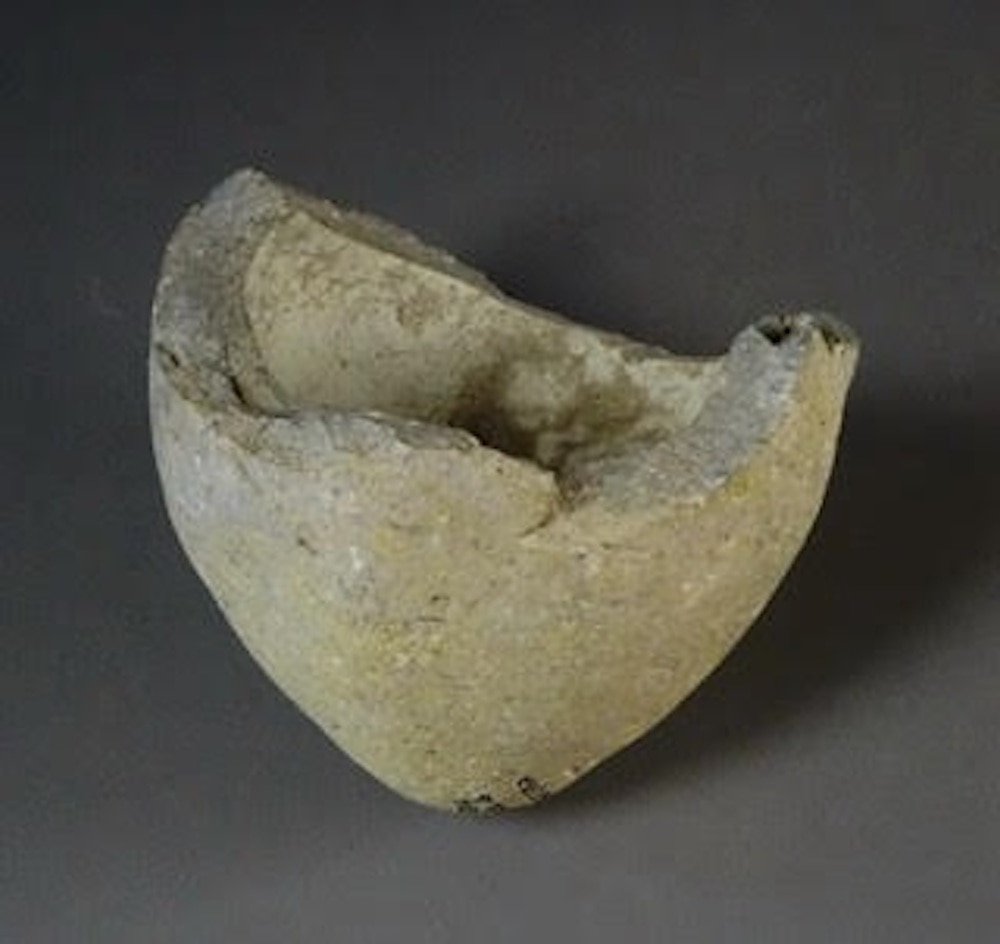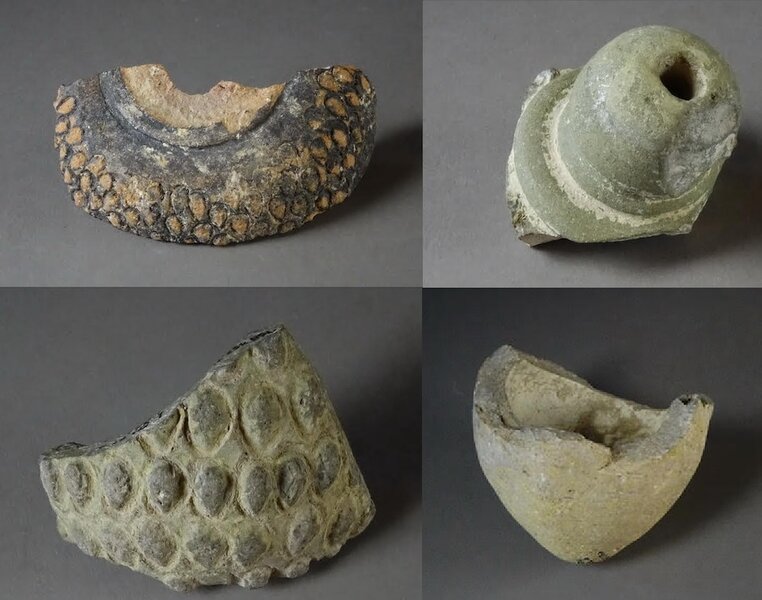Create a free profile to get unlimited access to exclusive videos, sweepstakes, and more!
Holy hand grenades? Archaeologists found shards of medieval hand grenades
It may not be a holy hand grenade, but it is a hand grenade.

In 2015’s Last Knights, Raiden, played by Clive Owen, sets out to avenge the death of his master at the hands of a corrupt empire. Achieving his vengeance, however, isn’t easy. Getting inside the castle requires years of subterfuge, an elite level of battle training, and at least a few explosives.
We tend to think of medieval warfare as being carried out with swords or bows and arrows, maybe a trebuchet every now and again. Explosives, on the other hand, are typically thought of as a relatively modern addition to the battlefield, at least in Europe. In China, black powder — commonly referred to as gunpowder — was invented in the 9th century, but it wouldn’t make its way to Europe or the Middle East for several more centuries. New research, however, provides evidence that inventors in the Middle East crafted a series of handheld explosives for use in their fight against European crusaders.
Carney Matheson led a team of archaeologists from Lakehead University, the Royal Ontario Museum, and Griffith University studying the fragmented remains of sphero-conical ceramic vessels — also called sherds — found in Jerusalem’s Armenian Gardens, one of which is likely the remains of an ancient hand grenade. Their findings were published in the journal PLOS ONE.
“In the 11th and 12th centuries, crusaders had taken over a previously residential complex and converted it into their residential palace. We looked at four items we found there, some of them were found in the regular residential palace area, but one was actually found in the destruction layer of the palace,” Matheson told SYFY WIRE.
The artifact in question has been dubbed sherd 737 and has unique characteristics which set it apart from the other fragments associated with the same site. Those characteristics, which include both the way it was constructed, and the residues found inside, are all consistent with a vessel intended as an explosive weapon.
“737 has thicker walls and it’s been fired at a much higher temperature so it’s exceptionally durable. It’s unglazed and undecorated, it’s not very fancy, very utilitarian, and that contributes to our interpretation,” Matheson said.
The thick walls would have allowed the vessel to maintain its contents under higher pressure, contributing to the explosive force when lobbed at a target. Inside, archaeologists identified the presence of plant oils and animal fats which could have been used as fuel. They identified nitrates including potassium nitrates, and they found sulfur which would have reduced the ignition temperature. According to Matheson, the vessel held all of the right ingredients for a grenade.
Sherd 737 represents about half of the original vessel, suggesting that when it was used it only broke into a few pieces at most, instead of fracturing into dozens of shrapnel bits. Scientists believe that could be due to 737 being a specialized type of grenade intended to create a bright flash of light instead of inflicting damage. That’s supported by the discovery of magnesium residue.
“We know that when you light up magnesium powder it produces a bright flash. I think, from the combination of what we’ve got, the grenade was more likely a flash grenade and that’s why it didn’t have to fragment into many pieces,” Matheson said.
The team only uncovered the bottom of the vessel, but it’s likely that the top had a narrow neck with a small opening for a wick. The user would have lit the wick and lobbed the grenade. Upon impact, all of its contents would have ignited in a flash of light. The historical record of the crusaders describes at least three types of grenades, including the flash bang. They also describe percussive grenades similar to the ones we’re familiar with and grenades which stuck fuel to surfaces where it would burn over a period of time.
Ceramic artisans at the time crafted a huge range of sphero-conical vessels for the storage of various liquids including scented materials, medicines, and chemicals. Now we know they also used them as explosive weapons. We should have known. From fireworks to firefights, you never underestimate humanity’s love of things that go boom.



























